The other chair
In praise of the HÅG Capisco
A few years ago I moved out from my childhood home with my then-girlfriend now-wife to our first apartment.
As we planned our grand move, we toured IKEA (several times, of course) and gathered furniture along with family “exclusive” items to make our new place livable. The 60-something sq ft apartment wasn’t anything fancy. It was located in a building older than my parent’s place but had an extra room that invited an opportunity to upgrade my home office.
I had no big ambitions or a desire to purchase luxury items. But getting a new chair has been on my wishlist for a long time. As I researched the market, I realized how odd the industry is—you either get a low-quality chair on a small-medium budget or go extreme with a high-end one. It seemed like there weren’t many decent options in the middle. Moreover, I tried some expensive chairs here and there, but none felt worth the price.
If you've been in tech for long enough, or are just a workspaces fanboy, you're likely familiar with the Herman Miller chairs. The Aeron model, featured in HBO's Silicon Valley, has become particularly popular, conquering tech high society mainstream. Although the great brand PR, I never got attached to the Aeron or its siblings.
They all look just… ordinary.
At some point, I recalled a chair that appeared a few times on my Twitter feed1, the HÅG Capisco. A uniquely beautiful, strange chair. Crafted in cold Norway, it embodies the beauty of Nordic design.
I don’t know if the Capisco is the beloved chair of the design community, but it’s certainly very niche. I guess its unconventional aesthetics naturally attract creatives who seek taste and appreciate deep care for quality. Even Joe Rogan seems to be part of the gang.
The Norwegian-based chair isn't a cheap choice. It’s a ~$1,000 unit, but compared to the Aeron, it’s much more affordable. At least locally, it’s nearly half the price. As befits to a so-called premium furniture, the shopping experience is as expected. The Capisco can be customized in various ways—from fabric, color, and finish. I probably spent more time than I should have at the store, self-debating how to design mine.
The Capisco (means 'I understand' in Italian) is renowned for its unique ergonomics. Designer Peter Opsvik, who was inspired by the horse riding saddle, designed the chair in a way that encourages sitters to constantly change posture.
According to Opsvik “every posture is wrong after 10 minutes”, a manifesto that might sound counterintuitive at first. When thinking about the qualities of an office chair, comfort is perhaps the most intuitive one. An "uncomfortable" chair isn't instinctively appealing.
But Opsvik suggests a different philosophy. What if a chair would be perceived more as a purposeful tool? Exploring the Capisco’s design mechanics reveals its genius, and why it’s so novel. Rather than a “tool to use”, the Capisco is a “tool to serve”.
It’s designed in a geometric curvature which creates a unique shape, and not just outwardly. This allows for unconventional positions—side, backward, and even half-standing besides the traditional way. Its backrest supports only half the back, discouraging prolonged postures. These all serve the chair's practical purpose, telling the rationality behind its unusual design.
However, the main reason I got intrigued by the Capisco wasn’t because of its ergonomics, but its style. Despite my wife joking that it looks like an orthodontist chair, I adore it. In pursuit for authentic design, the Capisco stands out—it has a soul and avoids cultural sameness. And if I spend $1,000 on a chair, it better be one I can cherish.
Dieter Rams once said that good design is a long-lasting one. Funny enough the Capisco was designed 40 years ago, but its futuristic aesthetics have made it appear in various sci-fi and media productions over the years.
Its futuristic aesthetic has transcended time, making appearances in countless TV shows set in the future, such as Star Trek and The Expanse, as well as Hugo Boss's Futuristic Milan Fashion Show Techtopia, where its sleek lines and avant-garde design evoke a sense of progress and innovation.
The HÅG Capisco: Celebrating 40 Years of Design Innovation
Richard Ferris
The Capisco undoubtedly passes the test of time and far beyond. It isn’t just functional furniture, it’s also an ornamental one. When it rests on my desk alone, it invites comments from intrigued guests. And like a piece of art, I enjoy sneaking glances at it even when I take a break from my desk.
—Itay.
If you find the above worth your time, consider supporting with a coffee or gym membership pledge.


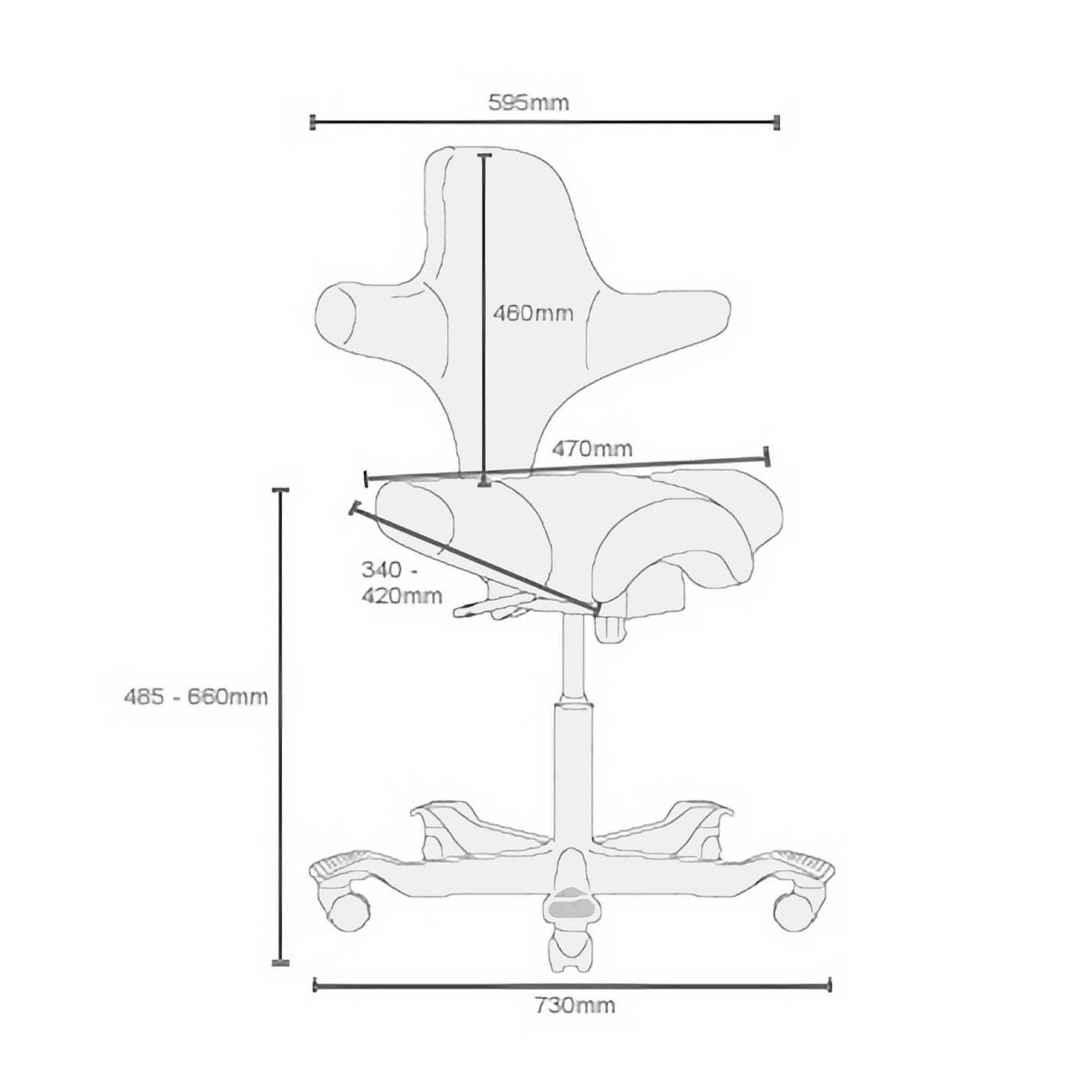
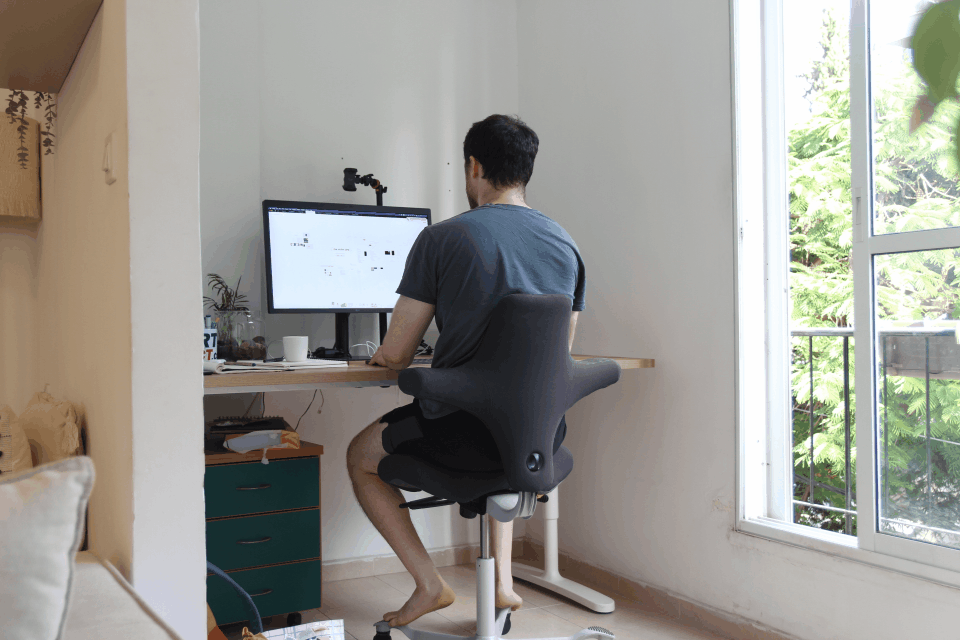

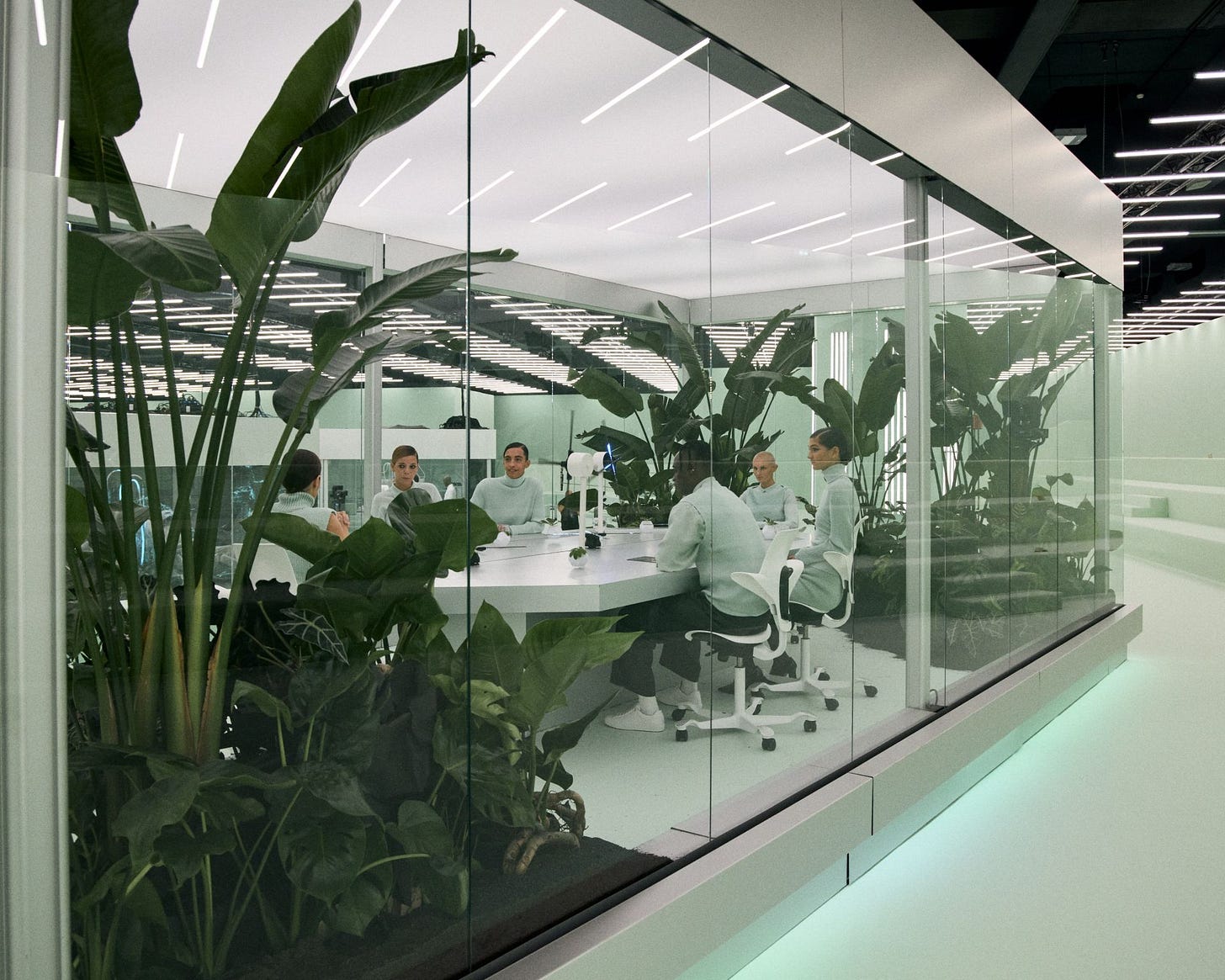
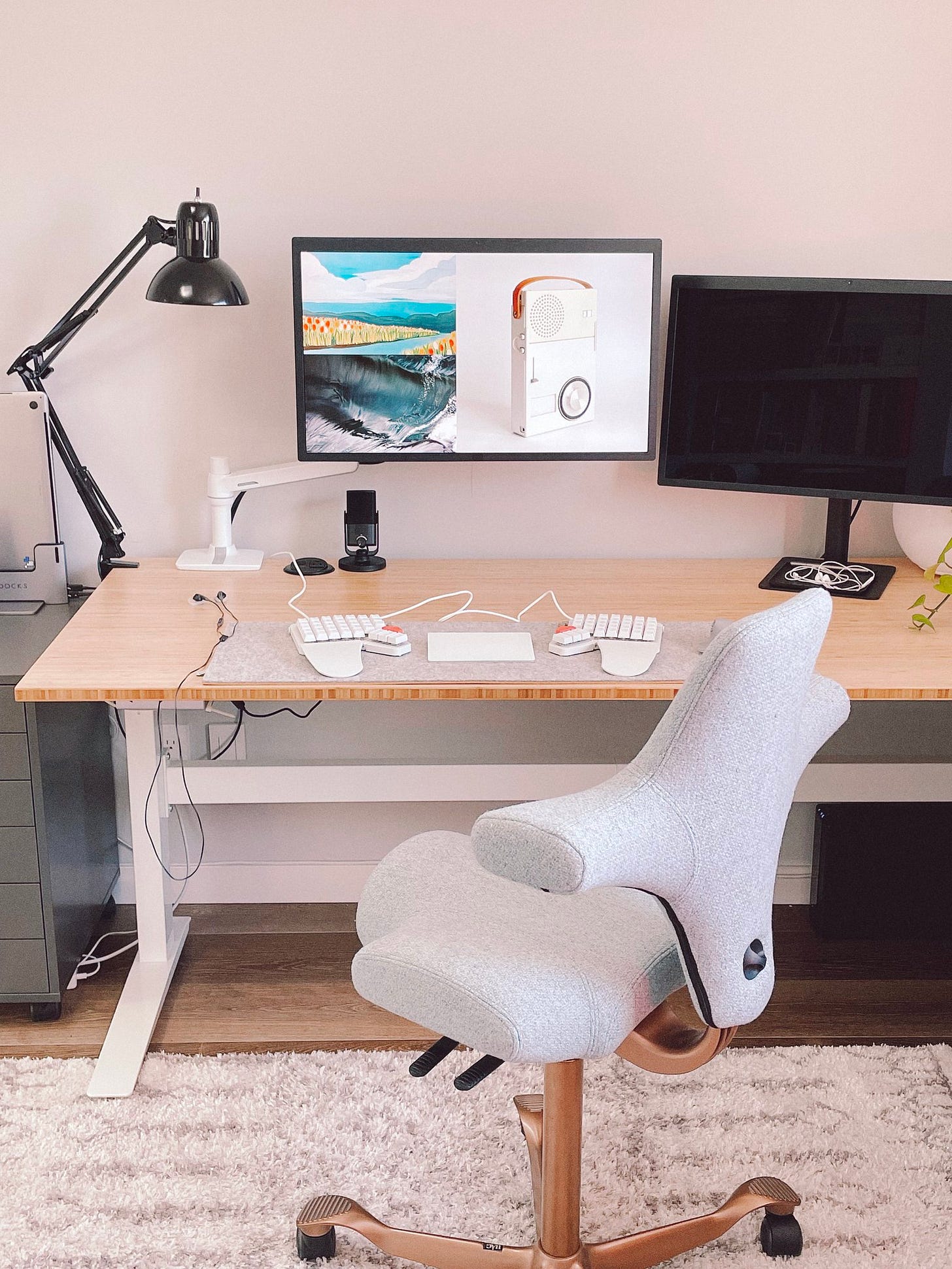
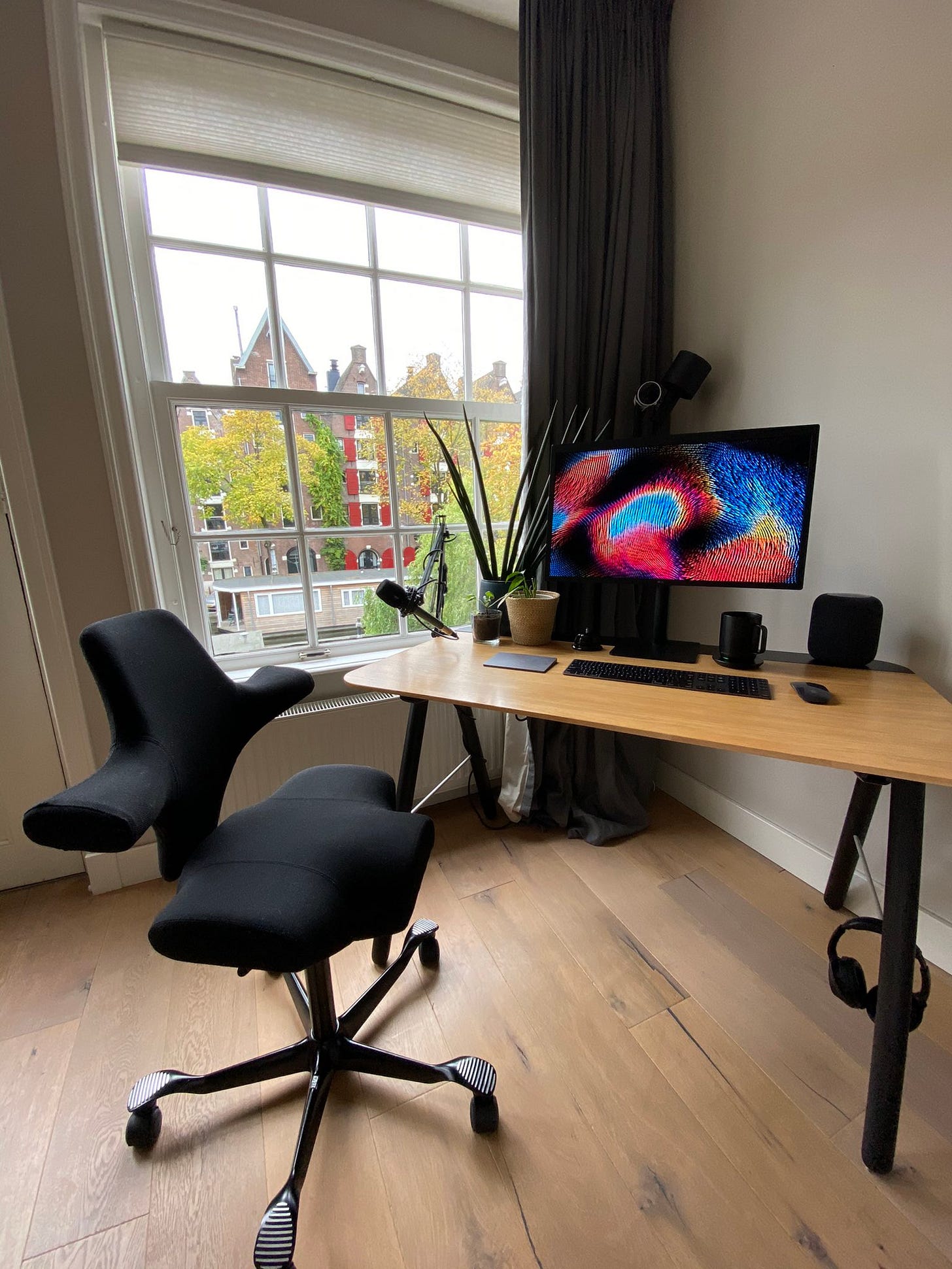
Fantastic. Thanks for sharing. I'm on the lookout for a new chair, and this is a serious Aeron alternative!
don't know if i should thank you. now i want an office chair haha. 🫶